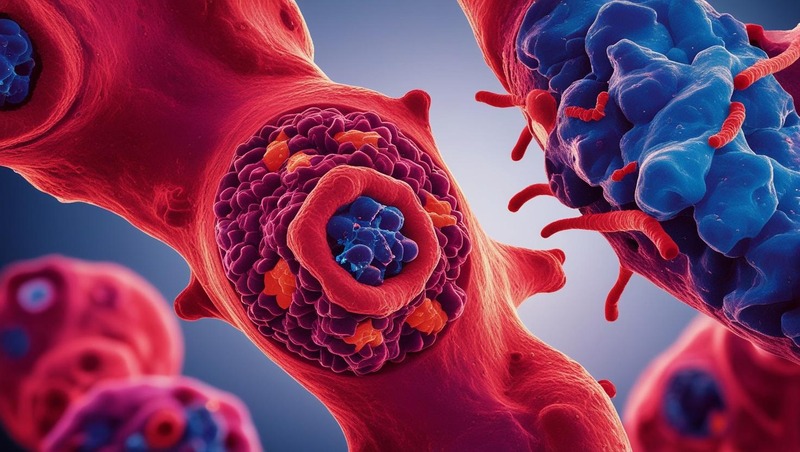1- Induced Pluripotent Stem Cells (iPSCs)
Induced pluripotent stem cells (iPSCs) are one of the most well-known and widely used products of cellular reprogramming. By introducing a set of four reprogramming factors—Oct4, Sox2, Klf4, and c-Myc—into somatic cells, researchers can reprogram them into iPSCs, which exhibit similar properties to embryonic stem cells. iPSCs have the ability to differentiate into any cell type, making them a valuable tool for studying disease mechanisms, and generating tissue for regenerative therapies.
Discover more
- iPSCs in Disease Modeling
One of the key applications of iPSCs is disease modeling. By reprogramming patient-specific somatic cells, scientists can create disease models that closely mimic the individual’s disease. This provides a powerful platform for studying genetic disorders and testing new drugs in a patient-specific context.
Discover more
- iPSCs in Regenerative Medicine
iPSCs have significant potential in regenerative medicine. By generating tissue from a patient’s own cells, iPSCs can be used for personalized cell therapies, minimizing the risk of immune rejection. Additionally, iPSCs can be used for organ regeneration, including the development of heart, liver, and neural tissues, offering a potential cure for degenerative diseases and organ failure.
Discover more
2- Somatic Cell Nuclear Transfer (SCNT)
Somatic Cell Nuclear Transfer (SCNT) is another method of cellular reprogramming that has garnered interest, particularly for cloning and therapeutic purposes. In SCNT, the nucleus of a somatic cell is transferred into an enucleated egg cell, which is then stimulated to develop into a viable embryo. This process reprograms the somatic cell to an embryonic-like state, enabling the creation of cells and tissues for therapeutic purposes.
Discover more
SCNT has been used in research for cloning animals and developing genetically identical organisms. While it is less commonly used in human reprogramming, SCNT holds promise for creating patient-specific stem cells that could be used for personalized medicine and regenerative therapies.
3- Transdifferentiation : Direct Reprogramming
Unlike iPSCs and SCNT, direct reprogramming (also known as transdifferentiation) involves the conversion of one differentiated cell type directly into another without passing through a pluripotent intermediate. This method is less time-consuming and avoids the risk of teratoma formation associated with pluripotent stem cells. For instance, fibroblasts can be directly reprogrammed into neurons or cardiomyocytes.
Discover more
- Advantages of Direct Reprogramming
Direct reprogramming offers several advantages over other methods, including faster reprogramming times and reduced tumorigenic potential. This approach is especially promising for creating tissues for specific therapeutic applications, such as generating functional heart cells for treating heart disease.

